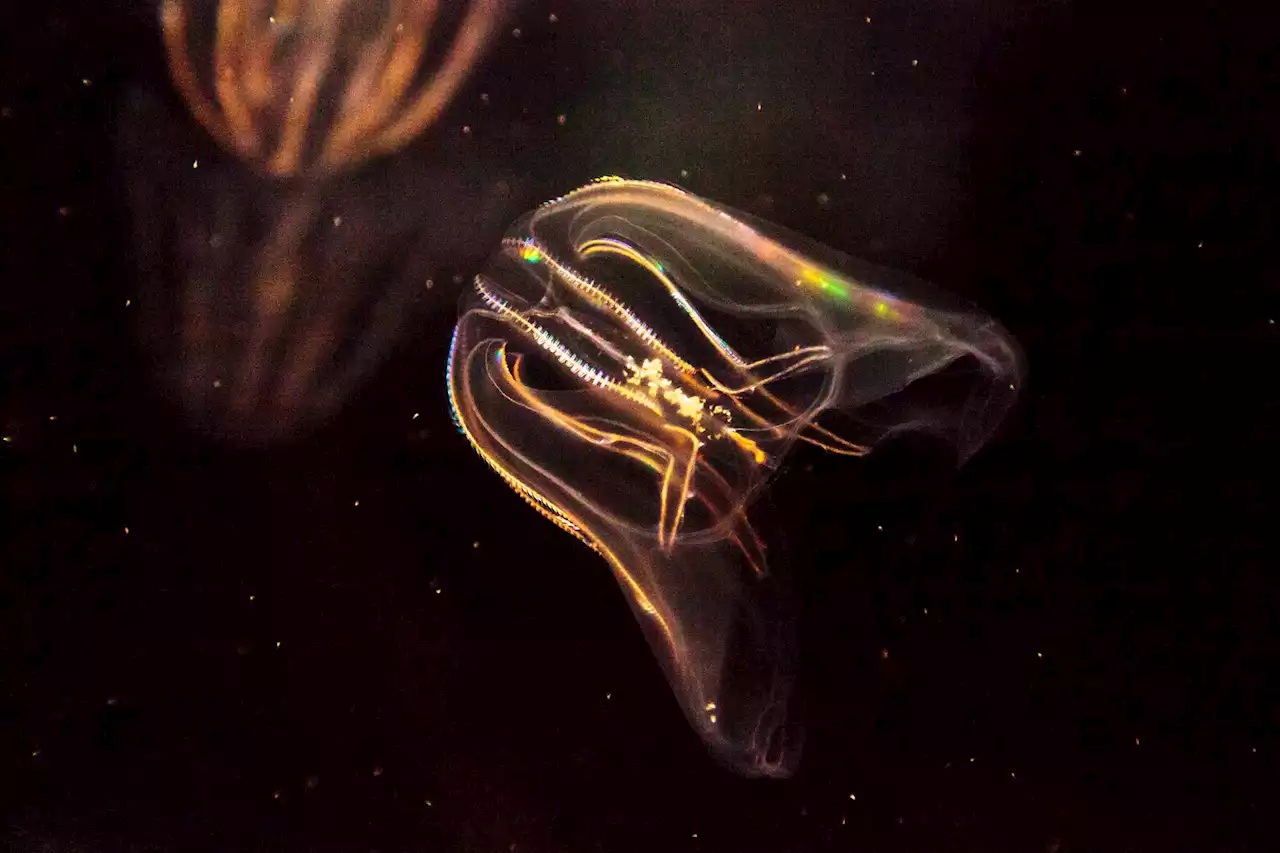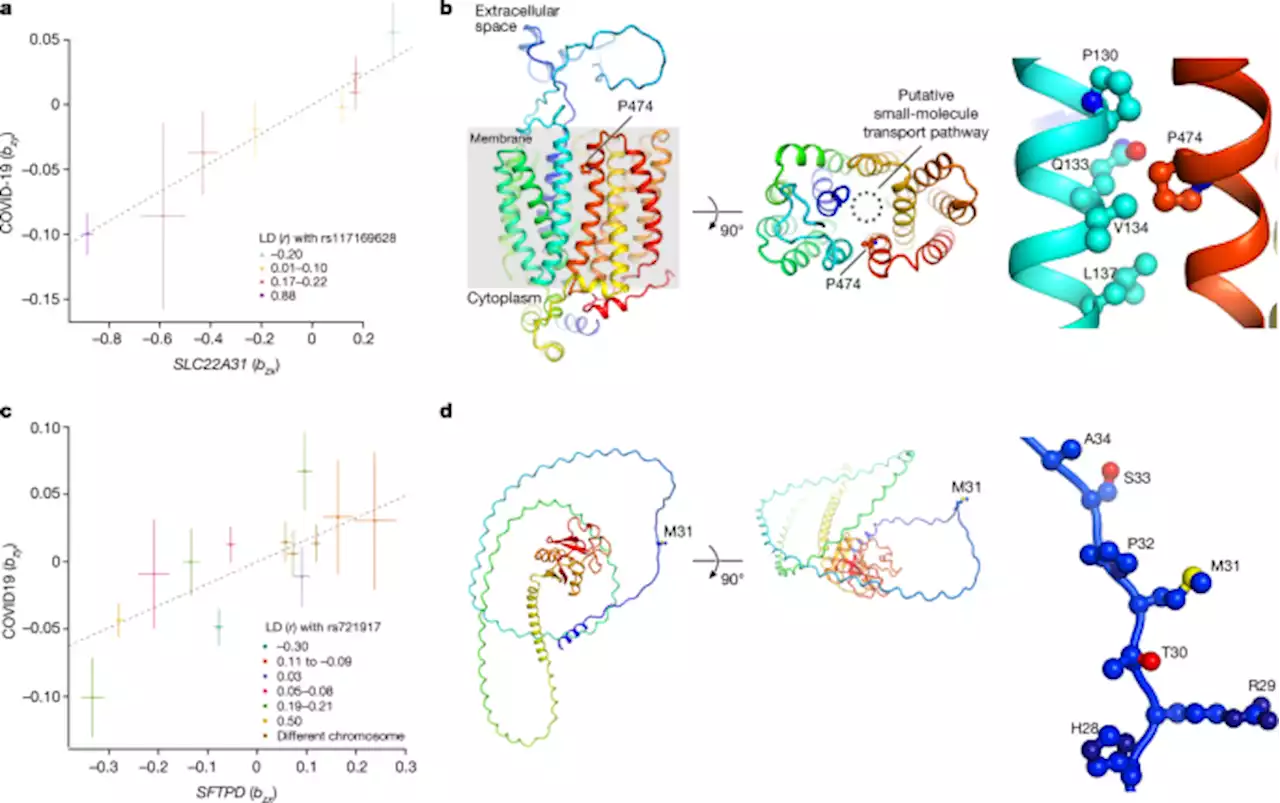A UNIGE team shows how specifically modifying gene expression causes feathers to replace scales in the chicken. Scales, spines, feathers and hair are examples of vertebrate skin appendages, which constitute a remarkably diverse group of micro-organs. Despite their natural multitude of forms, thes
University of Geneva researchers have transformed chicken scales into feathers by temporarily modifying the Sonic hedgehog gene expression, revealing that significant evolutionary transitions can occur without major changes in the genome. This research sheds light on the mechanisms responsible for the wide diversity of animal forms. Credit: © UNIGE / Cooper & Milinkovitch
Scales, spines, feathers and hair are examples of vertebrate skin appendages, which constitute a remarkably diverse group of micro-organs. Despite their natural multitude of forms, these appendages share early developmental processes at the embryonic stage. Two researchers from the University of Geneva have discovered how to permanently transform the scales that normally cover the feet of chickens into feathers, by specifically modifying the expression of certain genes.
Feathers of the chicken embryo are used by scientists as a model system to understand skin appendage development. While it is known that certain breeds of chickens, such as the ‘Brahma’ and ‘Sablepoot’ varieties, exhibit feathered legs and dorsal foot surfaces, the genetic determinism of this trait is not fully understood.As the signaling pathways responsible for this transformation have not been fully determined, Michel Milinkovitch’s group investigated the potential role of the Shh pathway.
United States Latest News, United States Headlines
Similar News:You can also read news stories similar to this one that we have collected from other news sources.
 700 Million-Year-Old Family Feud Settled: Genetic Linkages Illuminate Earliest Animal EvolutionMapping gene linkages provides clear-cut evidence for comb jellies as sibling group to all other animals. A groundbreaking study published in Nature by MBARI researchers and their collaborators offers fresh insights into the earliest points of animal evolution, tracing back over 700 million years
700 Million-Year-Old Family Feud Settled: Genetic Linkages Illuminate Earliest Animal EvolutionMapping gene linkages provides clear-cut evidence for comb jellies as sibling group to all other animals. A groundbreaking study published in Nature by MBARI researchers and their collaborators offers fresh insights into the earliest points of animal evolution, tracing back over 700 million years
Read more »
 GWAS and meta-analysis identifies 49 genetic variants underlying critical COVID-19 - NatureAn analysis of 24,202 critical cases of COVID-19 identifies potentially druggable targets in inflammatory signalling (JAK1), monocyte–macrophage activation and endothelial permeability (PDE4A), immunometabolism (SLC2A5 and AK5), and host factors required for viral entry and replication (TMPRSS2 and RAB2A).
GWAS and meta-analysis identifies 49 genetic variants underlying critical COVID-19 - NatureAn analysis of 24,202 critical cases of COVID-19 identifies potentially druggable targets in inflammatory signalling (JAK1), monocyte–macrophage activation and endothelial permeability (PDE4A), immunometabolism (SLC2A5 and AK5), and host factors required for viral entry and replication (TMPRSS2 and RAB2A).
Read more »
 Experts Alarmed by Tech That Identifies Human DNA Floating in AirScientists have figured out a way to retrieve tiny traces of human genetic material called environmental DNA (eDNA) from thin air.
Experts Alarmed by Tech That Identifies Human DNA Floating in AirScientists have figured out a way to retrieve tiny traces of human genetic material called environmental DNA (eDNA) from thin air.
Read more »
 DNA can now be pulled from thin air or a footprint on the beach. Here's what that could meanScientists have been able to collect and analyze genetic data from human DNA from footprints on a beach, air breathed in a busy room and ocean water. This has raised ethical questions about consent and privacy when it comes to our biological information.
DNA can now be pulled from thin air or a footprint on the beach. Here's what that could meanScientists have been able to collect and analyze genetic data from human DNA from footprints on a beach, air breathed in a busy room and ocean water. This has raised ethical questions about consent and privacy when it comes to our biological information.
Read more »
 5 Influential Asian ScientistsFrom meteorology to nuclear physics, get to know these five important scientists as we celebrate Asian American and Native Hawaiian/Pacific Islander Heritage Month.
5 Influential Asian ScientistsFrom meteorology to nuclear physics, get to know these five important scientists as we celebrate Asian American and Native Hawaiian/Pacific Islander Heritage Month.
Read more »
